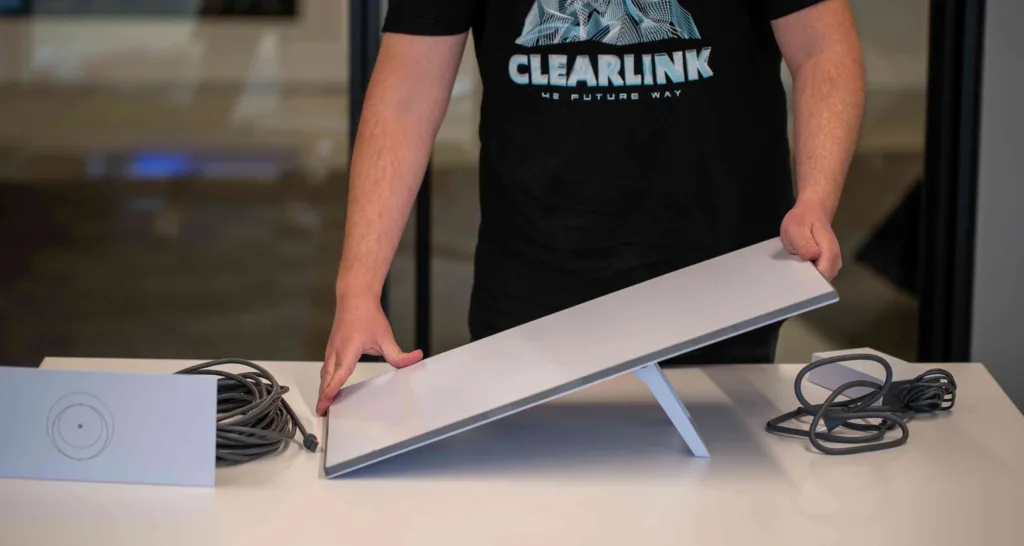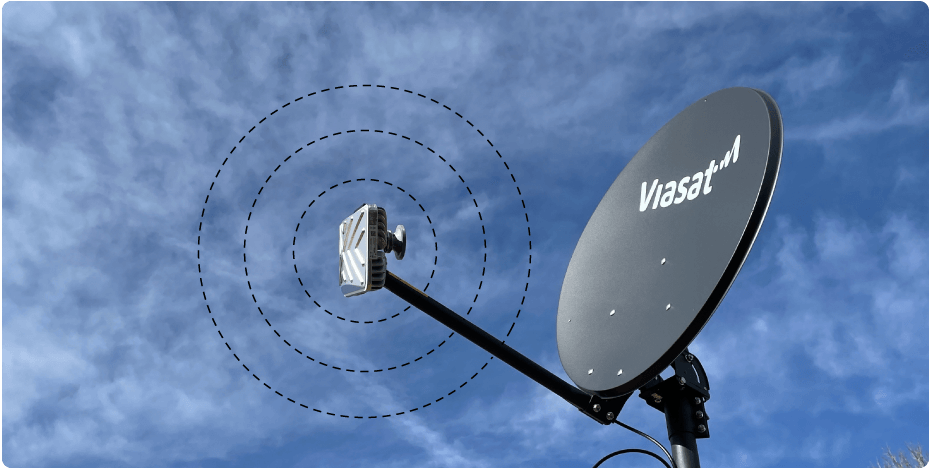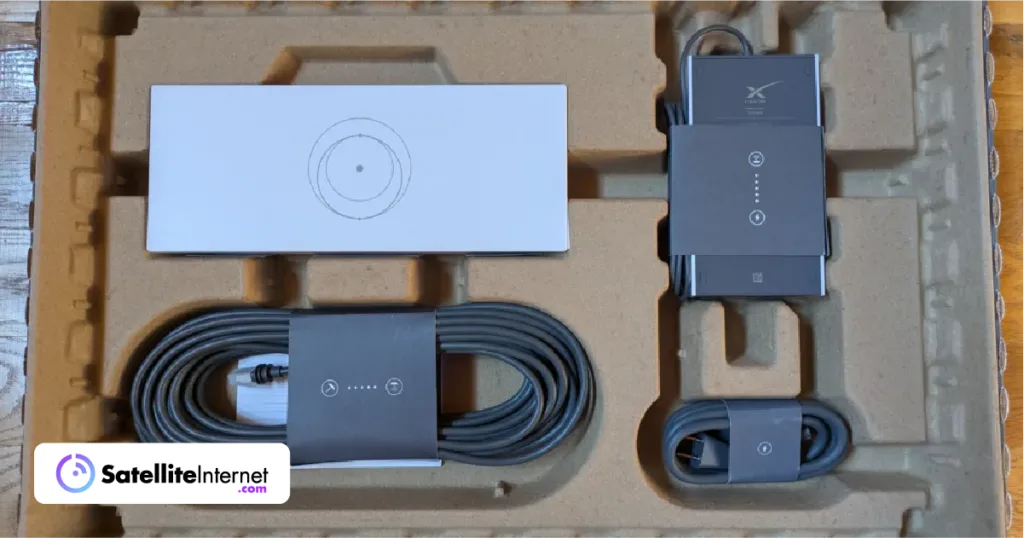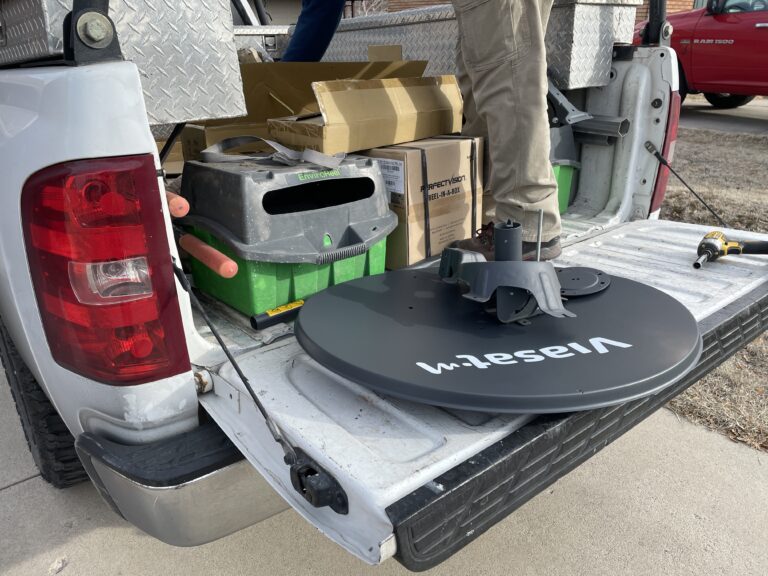Starlink and Viasat will be at the top of your search if you’re trying to choose a satellite internet provider. While Starlink is the frontrunner in terms of speed and convenience, Viasat may be a more affordable option with decent speeds. I found this out myself after I used both providers over several months. I also interviewed several current and former customers.
Starlink offers the fastest speeds and lowest latency among all satellite ISPs. However, Starlink’s hands-off approach to support may turn off some customers, and you have to shell out some extra cash upfront to buy Starlink hardware.
“With Starlink, I’m able to do everything I need: online gaming and video conferencing,” said Starlink customer Jason Astel.
In early 2024, Viasat completely revamped its internet plans, consolidating them into a single offering called Unleashed. This offering offers unlimited data and no contract. While Viasat has download speeds on par with most providers, it’s held back by the high latency inherent in its satellite technology and higher monthly price.
“When it’s tuned well, it’s very reasonable,” said former Viasat customer Jim Olsen.
I tested Starlink and Viasat at my family cabin in rural Utah to compare the satellite internet providers. What I found was surprising.




